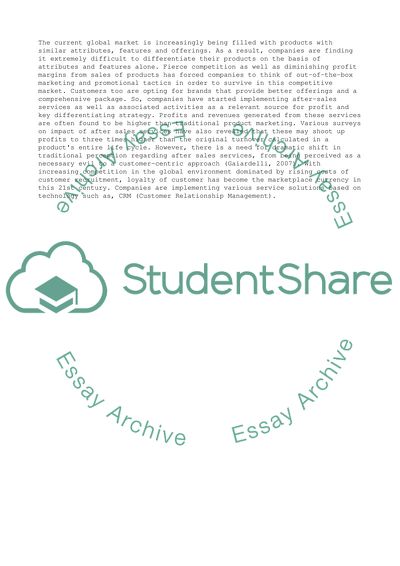Cite this document
(“Impact of After Sales Service on the Sale of Apples Products Dissertation”, n.d.)
Impact of After Sales Service on the Sale of Apples Products Dissertation. Retrieved from https://studentshare.org/business/1637196-impact-of-after-sales-service-on-the-sale-of-apples-products
Impact of After Sales Service on the Sale of Apples Products Dissertation. Retrieved from https://studentshare.org/business/1637196-impact-of-after-sales-service-on-the-sale-of-apples-products
(Impact of After Sales Service on the Sale of Apples Products Dissertation)
Impact of After Sales Service on the Sale of Apples Products Dissertation. https://studentshare.org/business/1637196-impact-of-after-sales-service-on-the-sale-of-apples-products.
Impact of After Sales Service on the Sale of Apples Products Dissertation. https://studentshare.org/business/1637196-impact-of-after-sales-service-on-the-sale-of-apples-products.
“Impact of After Sales Service on the Sale of Apples Products Dissertation”, n.d. https://studentshare.org/business/1637196-impact-of-after-sales-service-on-the-sale-of-apples-products.


